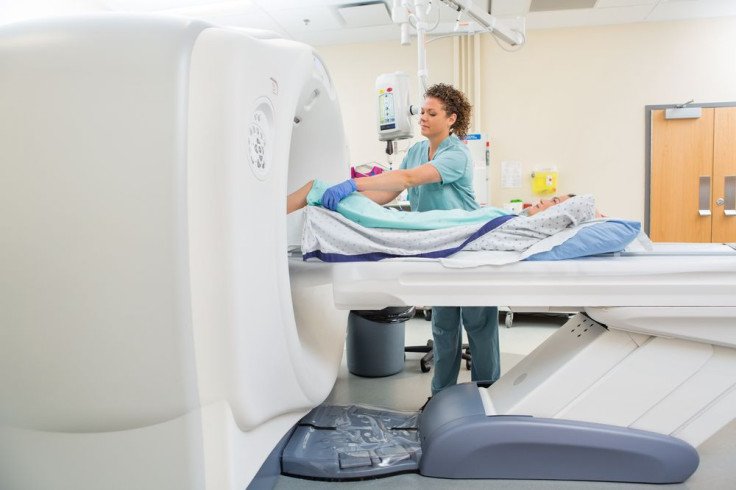New PET Scan Technique Could Diagnose Patients In A Vegetative State With Precise Accuracy

The current technique used to diagnose individuals with a severe brain injury — bedside clinical examination — yields only 40 percent accuracy, making the effectiveness of treatment options problematic. A study conducted at the University of Liége in Belgium has revealed that two brain imaging techniques, PET scan and fMRI, may serve as the most effective methods for diagnosing patients in a vegetative state, including the likelihood of recovering to consciousness.
“Our findings suggest that PET imaging can reveal cognitive processes that aren’t visible through traditional bedside tests, and could substantially complement standard behavioural assessments to identify unresponsive or “vegetative” patients who have the potential for long-term recovery,” lead researcher, Professor Steven Laureys, said in a statement.
Laureys and his colleagues examined the effects of positron emission tomography with the imaging agent fluorodeoxyglucose (FDG-PET) and function magnetic resonance imaging (fMRI) on 126 patients who had suffered a severe brain injury. The status of each patient included 81 in a minimally conscious state, 41 with unresponsive wakefulness syndrome, and four with locked-in syndrome. The Coma Recovery Scale-Revised (CSR-R), a behavioral test for deciding a patient’s awareness, was used to compared the results of each method.
Results of the research team’s assessment proved that FDG-PET was more accurate than fMRI in distinguishing a patient with minimal consciousness and those in a vegetative state. However, both brain imaging techniques were considered superior to bedside clinical testing. While FDG-PET was able to diagnose a patient’s consciousness with 74 percent accuracy, fMRI only yielded an accuracy rate of 56 percent. Of 36 patients who were diagnosed with some level of awareness, according to the FDG-PET, nine later recovered to consciousness.
"We confirm that a small but substantial proportion of behaviourally unresponsive patients retain brain activity compatible with awareness,” Laureys added. “Repeated testing with the CRS-R complemented with a cerebral FDG-PET examination provides a simple and reliable diagnostic tool with high sensitivity towards unresponsive but aware patients. fMRI during mental tasks might complement the assessment with information about preserved cognitive capability, but should not be the main or sole diagnostic imaging method."
According to the American Hospice Foundation, patients in a persistent vegetative state are considered awake while showing no signs of awareness. Although these patients differ in severity from those in a coma, where the patient shows no signs of being awake or aware of their surroundings, this condition can eventually progress into a vegetative state. Patients rarely remain in a coma for up to four weeks before recovering, dying, or progressing to a persistent vegetative state.
Source: Stender J, Gosseries O, Laureys S, et al. Diagnostic precision of PET imaging and functional MRI in disorders of consciousness: a clinical validation study. The Lancet. 2014.



























